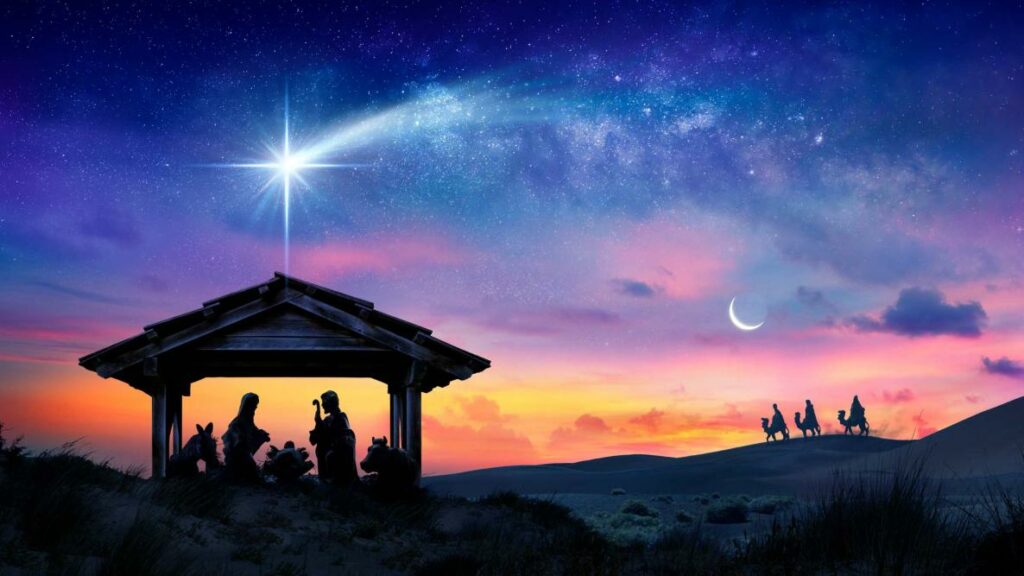
In the quiet of the 400 year silence, there was a new note on the wind. Something unusual was happening in the Roman province of Judea, and at least the neighborhood around Bethlehem was suspicious. A peasant woman and her fiance had just arrived from Nazareth for the census, and now her baby was here. Local shepherds reported seeing angels over the countryside that night. At least a few old-timers in the temple were talking about prophecies long-foretold now coming to fulfillment. But it wasn’t until tourists were coming in from Persia, talking about this new baby’s heralding Star, that the rulers in Jerusalem became aware that something significant (and threatening) was going on.
The views expressed in this article reflect those of the author mentioned, and not necessarily those of New Creation.
What Was the Star of Bethlehem?
The question of the nature of the Star of Bethlehem has long captured the attention of students of Scripture. We mostly know the Star from Matthew’s account of Christ’s nativity, in the second chapter of his gospel.
Now after Jesus was born in Bethlehem of Judea in the days of Herod the king, behold, wise men from the east came to Jerusalem, saying, “Where is he who has been born king of the Jews? For we saw his star when it rose and have come to worship him.” When Herod the king heard this, he was troubled, and all Jerusalem with him; and assembling all the chief priests and scribes of the people, he inquired of them where the Christ was to be born. They told him, “In Bethlehem of Judea, for so it is written by the prophet:
“‘And you, O Bethlehem, in the land of Judah,
(Matthew 2:1-6, ESV)
are by no means least among the rulers of Judah;
for from you shall come a ruler
who will shepherd my people Israel.’”
From here, we learn that the Star was a localized, transient phenomenon. It was also unique enough to pique the curiosity of seasoned astrologers who knew the night sky well. From the limited information gathered there, interpreters have come up with several possible explanations for this unusual celestial object, eager to pinpoint what exactly was behind this unusual phenomenon.
Planetary Conjunction
A popular natural explanation for the Star of Bethlehem is a planetary conjunction. A planetary conjunction is an alignment (from Earth’s vantage point) of two or more planets in close proximity to each other. (The December 2020 conjunction of Jupiter and Saturn was one of the more spectacular conjunctions in recent history.)
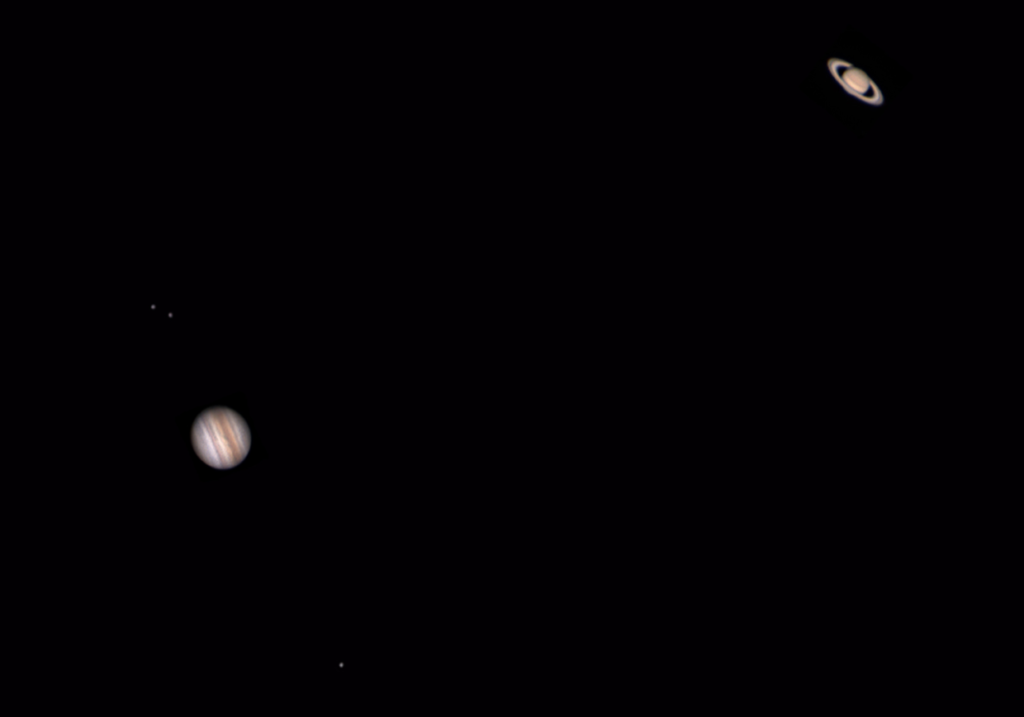
It was Johannes Kepler who suggested that 7 BC’s conjunction of Jupiter and Saturn could relate to the Star. He didn’t, however, believe the event was the Star itself. Rather, he proposed that ancient astronomers would have seen the conjunction as a harbinger of significant events to come. Thus, it would have alerted the magi’s attention toward Jerusalem, where they later saw the Star itself (which he believed to have been a supernatural event). In the 1800s this idea was conflated into the supposition that the Star of Bethlehem was the conjunction.1
Other conjunctions have been put forward as the Star of Bethlehem. The main problem with this category of explanation is that a conjunction is not a star – a single point of light in the night sky. A sufficiently close conjunction could perhaps appear as a single star to an observer untrained or with poor vision. The magi, however, would know the night sky well enough to recognize this phenomenon for what it was. In addition, they would have witnessed conjunctions before, and thus wouldn’t have reason to see this particular conjunction as the Star of which the Old Testament prophets spoke.2
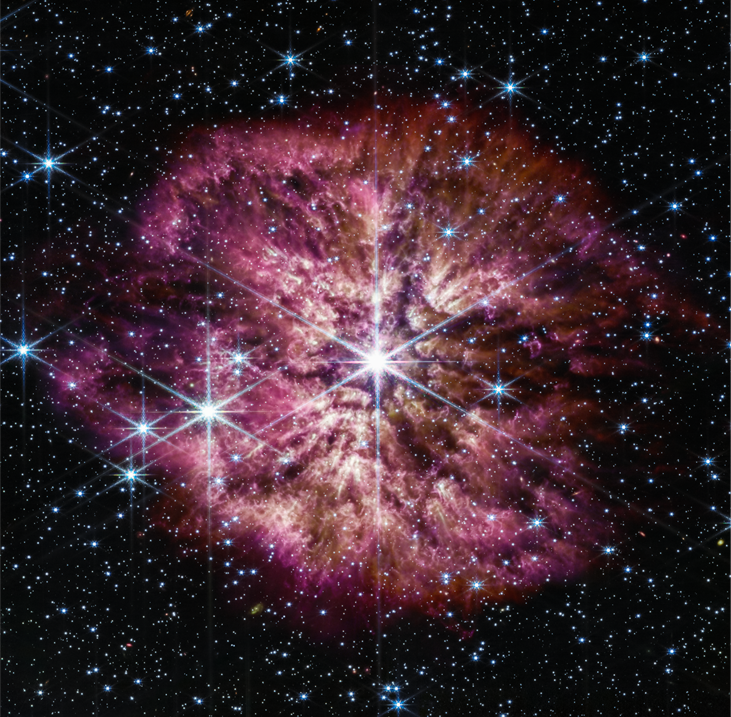
Supernova
Another natural phenomenon recruited for the Star of Bethlehem is a supernova. This phenomenon, while also known to ancient astronomers, is a unique, non-cyclical event. The main problem with this suggestion is that there are no historical records of a supernova event around the time of Christ’s birth, nor are there supernova remnants that we can trace to this time.
Comet
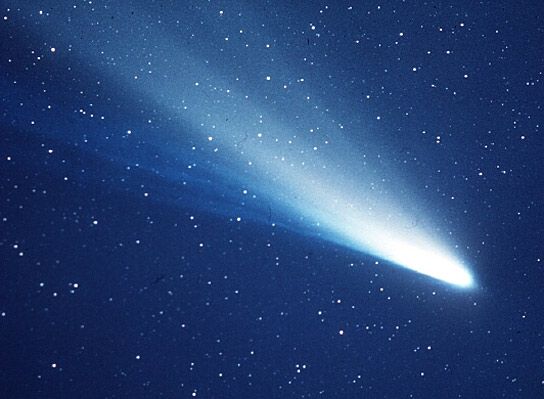
A third proposed explanation of the Star of Bethlehem is a comet. However, there are no historical records of a visible comet around the time of Christ’s birth. (Halley’s comet was visible in 11BC, which would be too early to be associated with the event.) In addition, since comets in ancient times were considered omens of change, and widely noticed, Herod wouldn’t have needed to ask the magi for details about the comet. His inquiries into their observation seem to indicate that the Star was only visible to the magi.3
What Does Matthew Tell Us About the Star?
Looking more closely at Matthew’s account of Christ’s birth, we can see there are characteristics of the Star of Bethlehem that may well rule out a natural explanation altogether.
First, it appears that only the magi saw the star; Herod and the rest of Jerusalem were not troubled by the sight of a new celestial object, but rather by the presence of the magi and by the King of which they spoke. It is possible that the magi had access to some of Daniel’s prophetic teaching during his ministry in Babylon, passed down through the years, and this may have conditioned their observation of the heavens.4 All the same, the fact that no one else seems to have noticed the Star likely rules out any notable phenomena such as a comet or close planetary conjunction. In addition, the Jewish priests and scribes would have had access to Daniel’s prophecies as well as the magi, and thus, should have noticed the star as well.
Secondly, after the magi left Jerusalem, the Star “was going on before them,” leading them specifically to Bethlehem. No naturally occurring celestial object could move against the background stars in this way.
In addition, we can consider the purpose of the Star—“His Star,” as the magi call it. It was the Star of the King of the Jews. This gives it a unique identity and purpose, which makes it unlikely that the Star was simply a rare, but repeatable, astronomical phenomenon.
A Star Shall Come Forth From Jacob
Thousands of years before the birth of Christ, the seer Balaam spoke of the future of the nation of Israel:
I see him, but not now;
I behold him, but not near:
a star shall come out of Jacob,
and a scepter shall rise out of Israel.
(Numbers 24:17, ESV)
With the birth of Christ, the King had come to Israel. But not only to Israel did He come:
“It is too light a thing that you should be my servant
to raise up the tribes of Jacob
and to bring back the preserved of Israel;
I will make you as a light for the nations,
that my salvation may reach to the end of the earth.”
(Isaiah 49:6, ESV)
Like the angelic hosts who proclaimed peace on earth to the Jewish shepherds, the Star of Bethlehem was a supernatural herald, announcing the coming of Christ to the Gentiles. It was not merely a coincidence of astronomy that brought the magi with their gifts to pay their homage to the King of the Jews. It was a Divine invitation that extended beyond the borders of Israel. And in the gifts of the magi, we see the first trickle of the stream that will one day flow from all nations into the realm of the King of the Jews:
“And the city has no need of sun or moon to shine on it, for the glory of God gives it light, and its lamp is the Lamb. By its light will the nations walk, and the kings of the earth will bring their glory into it.”
(Revelation 21:23-24, ESV)
Footnotes
- Burke-Gaffney, W. (1937). Kepler and the Star of Bethlehem. Journal of the Royal Astronomical Society of Canada, Vol. 31. ↩︎
- Faulkner, Danny. (December 22, 2010). “An Evaluation of The Star of Bethlehem DVD”. Answers In Depth, Volume 5 (2010). ↩︎
- Lisle, Jason. “What Was The Christmas Star?” In Ham, Ken (Ed.), The New Answers Book 2. Master Books. 2008. ↩︎
- MacArthur, John. (2015). The MacArthur New Testament Commentary. Moody Publishers. Commentary on Matthew 2. ↩︎

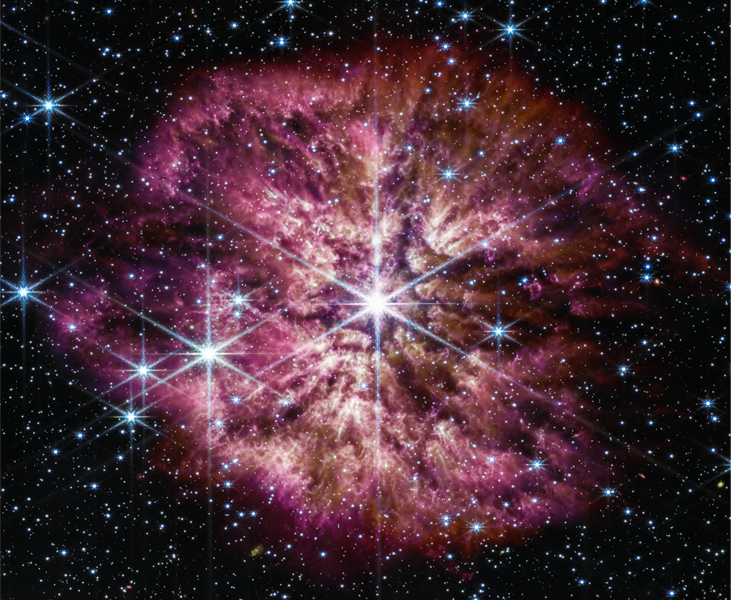
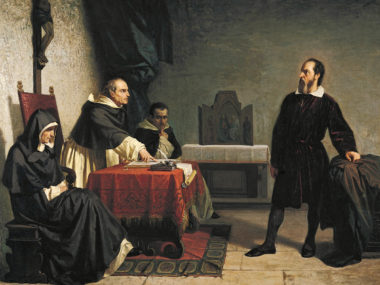
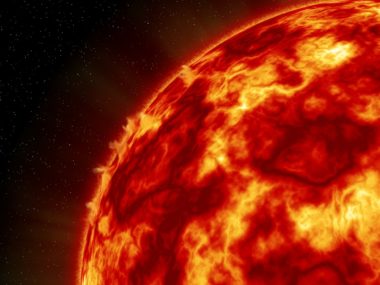

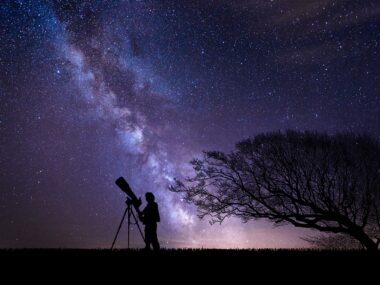
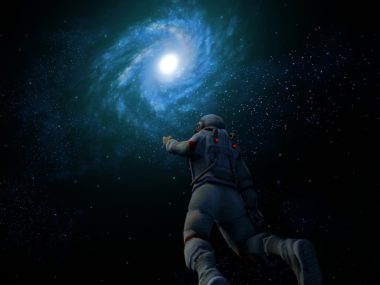
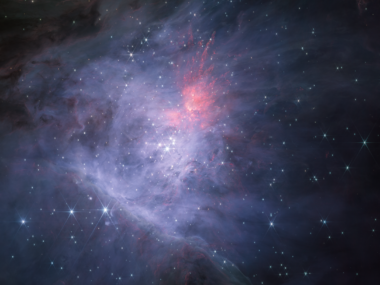




I’ve never heard this exposition of the Word before. Thank your for your work on this.
Thank you, Robert! We’re glad to hear that this article resonated with you.